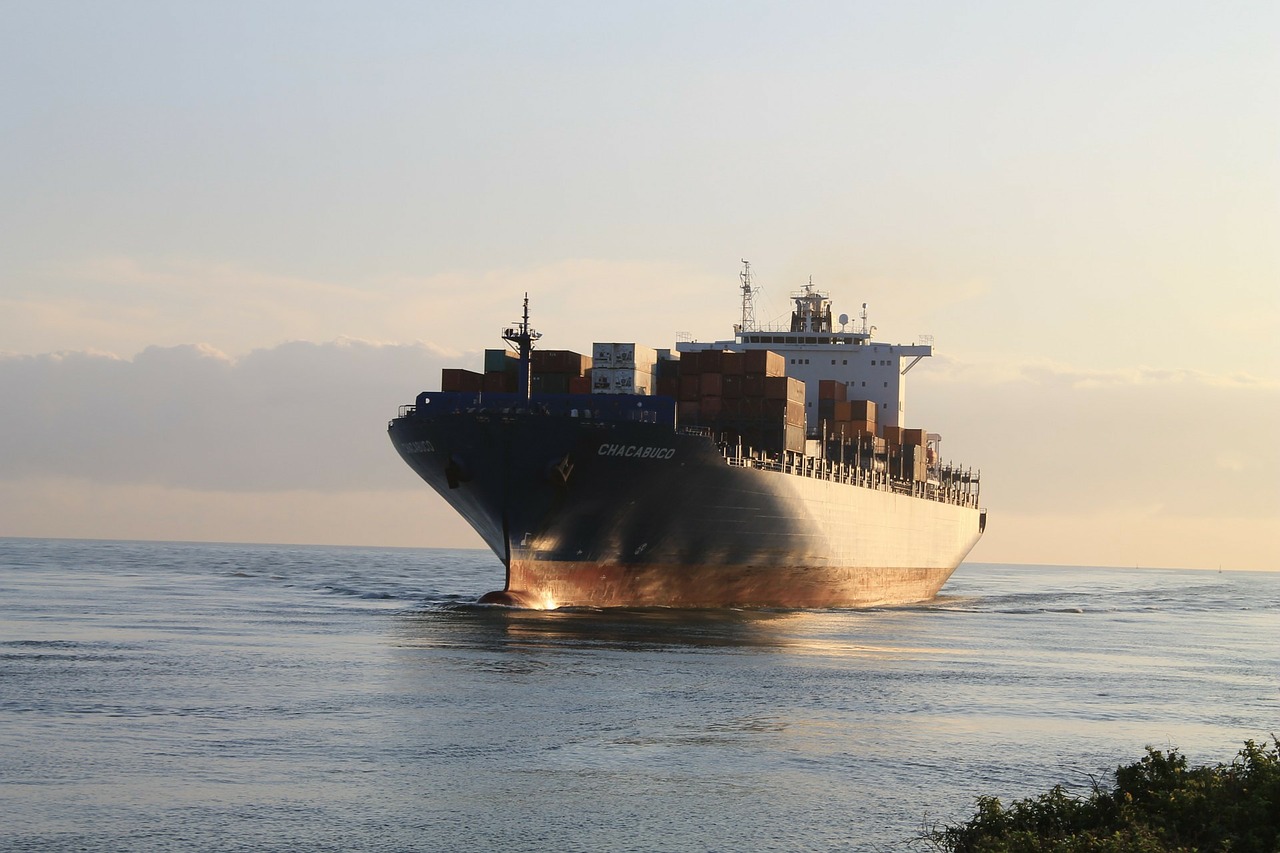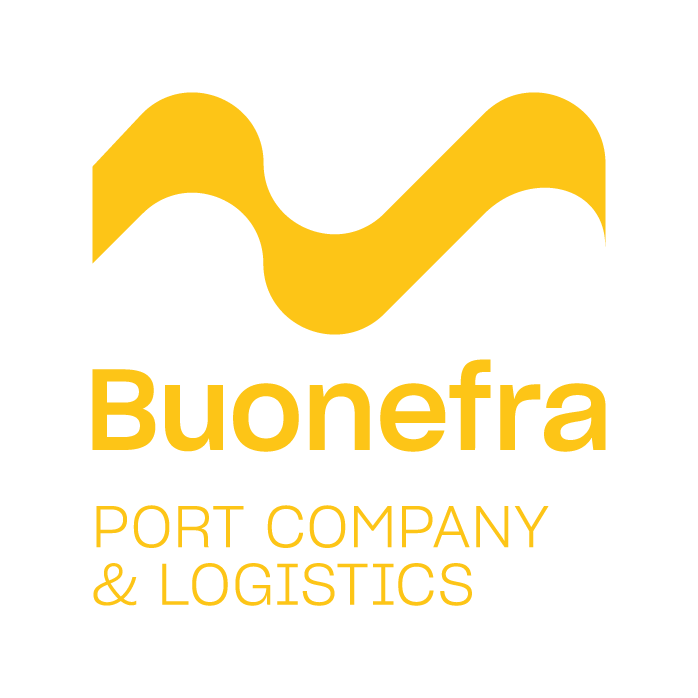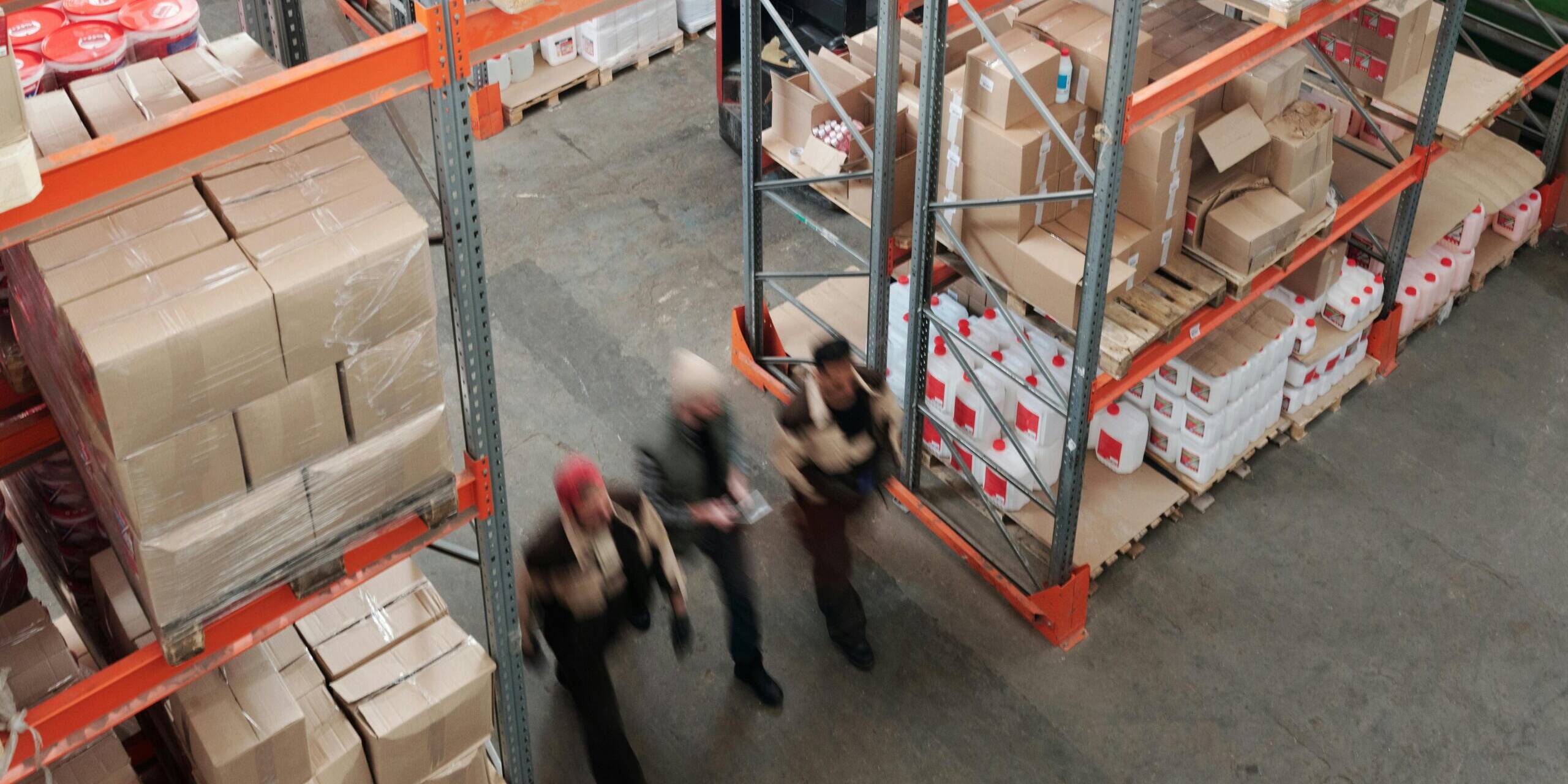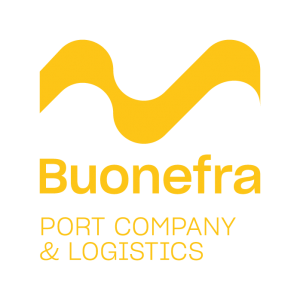In 2020 it is easy to take for granted having the possibility of finding goods produced thousands of kilometers away in supermarkets, arriving daily from all over the world. We grew up, inevitably, with the total conviction that it is absolutely normal, as well as simple, to be able to find fruits, vegetables and foods of all kinds 20.000 km away from our country; as well as cutting-edge technological tools from China, which arrived in Italy in the blink of an eye.
But what is behind the process that has led to such an impressive development of the exchange of goods worldwide? We are going to explain it from the point of view of the sea, the oldest trade route ever.
Taking a great leap back in time, we observe how already in the twenty-first century BC the Phoenicians were experts in the maritime trade of all goods; the latter can in fact be considered as the true pioneers of this sector.
A journey started by the Phoenicians, a people of navigators and traders
A modality, that of maritime trade, which has been affirming itself over time, clearly benefiting from decade after decade from the enormous evolutions of technique and technology, and which, passing through the great navigations of the fifteenth and sixteenth centuries, has undergone a considerable acceleration with the industrial revolution.
To date, there are thousands of freight ships that continue to travel the merchant routes on seas, oceans and inland waters to transport millions of tons of goods of all kinds from one continent to another, from food to technological products passing through cereals and oil.
Nowadays, the transport of goods by sea is generally more convenient from an economic point of view. Clearly, there are also negative sides: this type of transport is in fact slower than air transport; which is why, over long distances, the plane is sometimes preferred, with time becoming a discriminating factor for example for short-term products.
Precisely for these reasons and for the characteristics inherent to this type of transport, the ship is often used for goods of low unit value and not perishable. Sea transport is used, for example, in the long-distance transport of cereals, oil, minerals, timber.

Over time the boats used for the international transport of goods have undergone a strong evolution. The ships of the present are in fact considerably larger, with the aim of carrying heavier and heavier loads; they appear to be much more automated, thus reducing costs and manpower for the crew, following the general trend that increasingly tends to automate and digitize jobs; finally, compared to the past, ships are highly specialized by type of cargo. Thus there are ships for the transport of bulk goods, container ships, refrigerator ships, for motor vehicles; ships therefore divided, in fact, by transport category as well as by size, weight, etc.
An important growth path is therefore that of maritime trade; a path that has not in fact distorted the advantages and safety of freight transport on water, with routes that now go from one part of the world to another, with the Italy-China axis among the hottest in the world.
The ship therefore remains the ideal means for the international transport of goods; the main tow for long distances and for large quantities, obviously where the company in question moves quantities of goods sufficient to cover the costs of the service.




